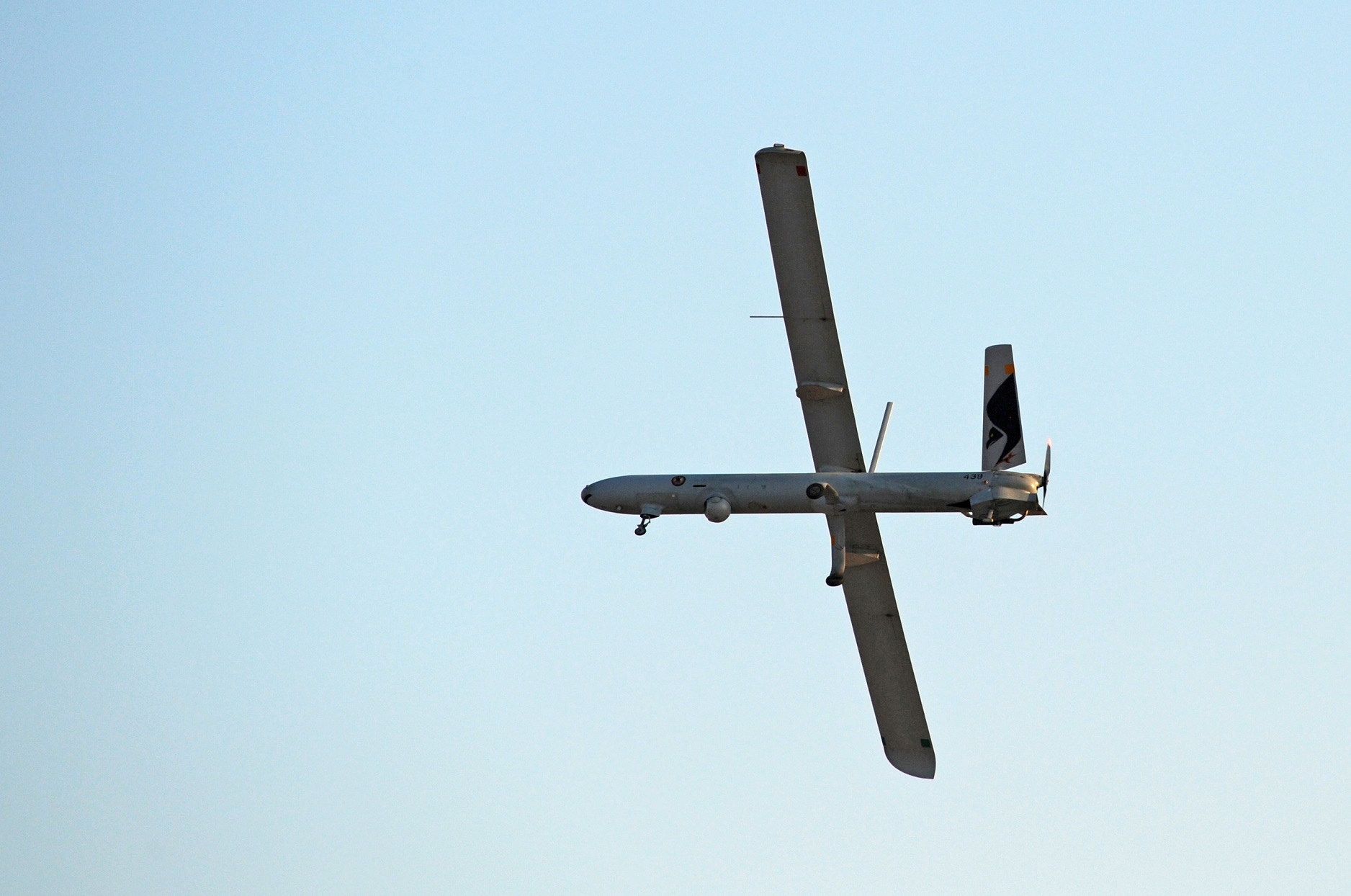Publications
Memorandum No. 167, Tel Aviv: Institute for National Security Studies, July 2017

The 2006 Second Lebanon War represents a turning point in the use of Unmanned Aerial Vehicles (UAVs).1 This was the first war in history that recorded more unmanned flight hours than manned fighter aircraft flight hours, and that featured sustained UAV use without breaks in situational awareness. Since that war, Israel has continued to develop and absorb additional UAVs, and has used them extensively in operations over the last decade. At the same time, Hezbollah too – which failed in its few attempts to attack Israel with explosives-laden UAVs during the Second Lebanon War – has expanded its UAV fleet in the past ten years. This article will survey the processes that have taken place in the field of UAVs over the decade since the Second Lebanon War, and recommend particular preparations in this regard for a future potential war pitting Israel against Hezbollah. The main question at hand is whether in a future campaign Israel will retain the UAV advantage over Hezbollah that it enjoyed in 2006.


